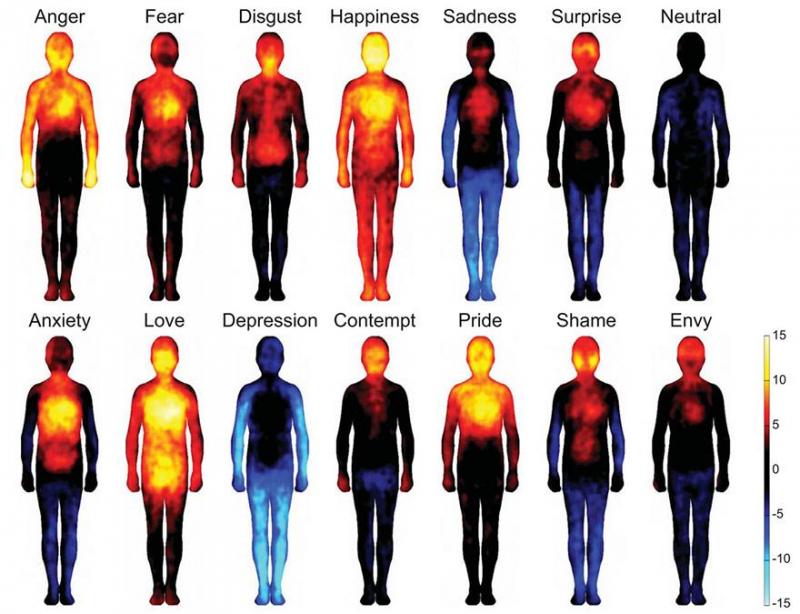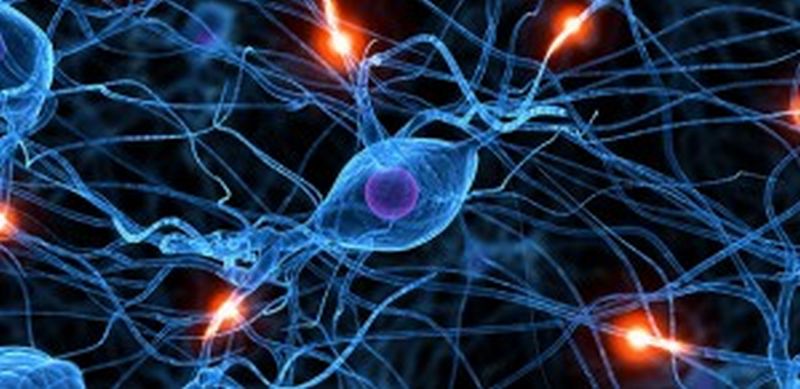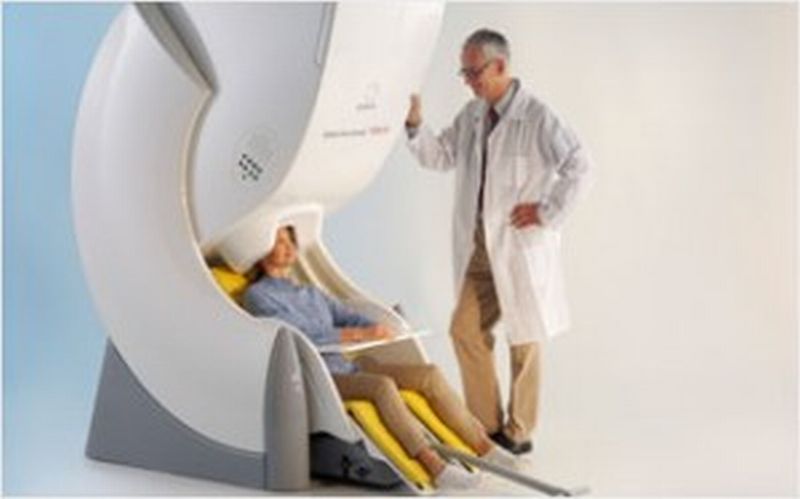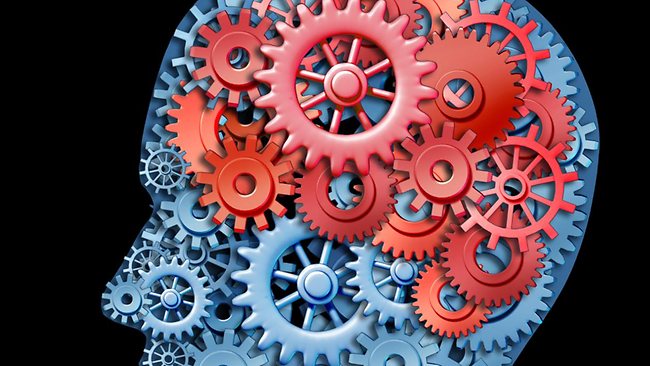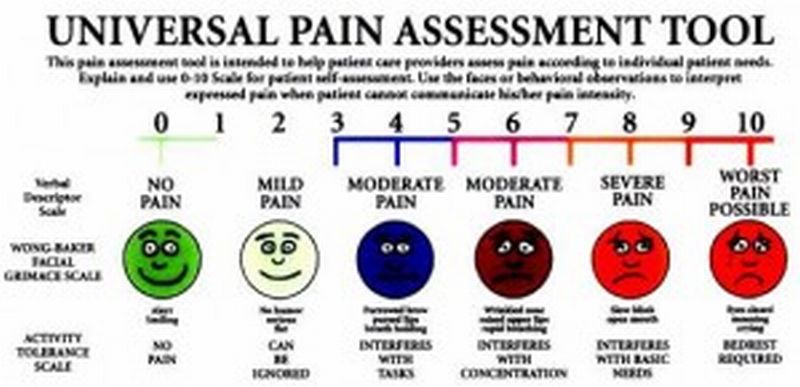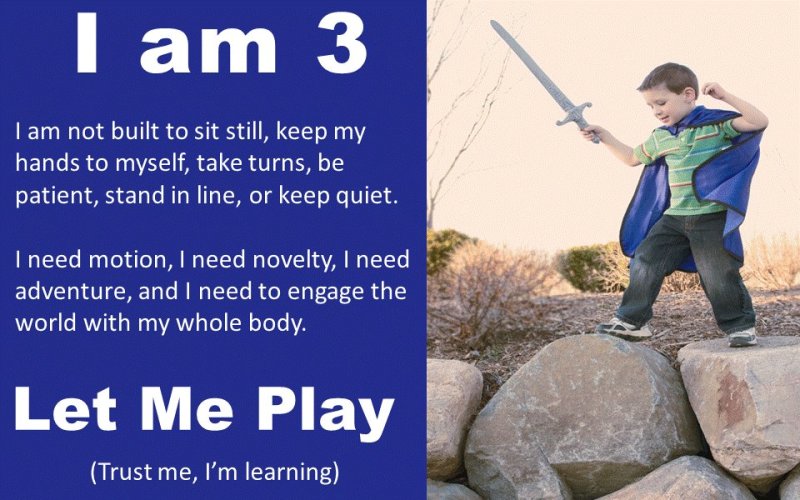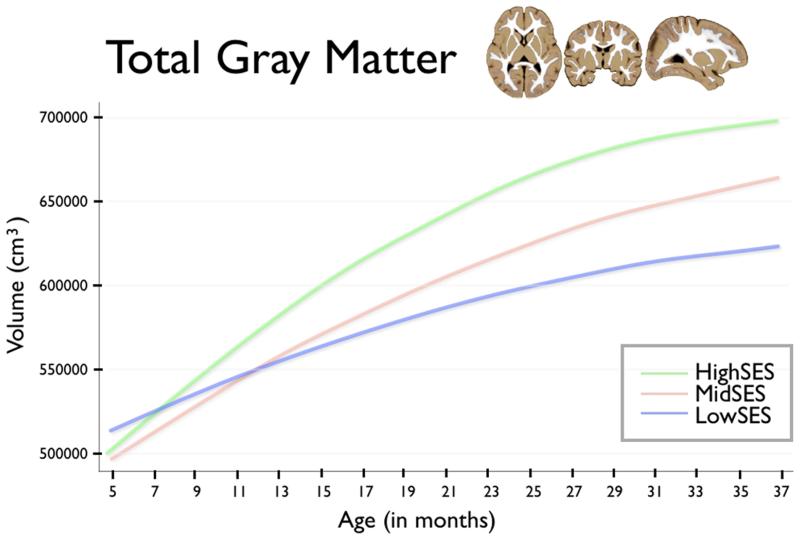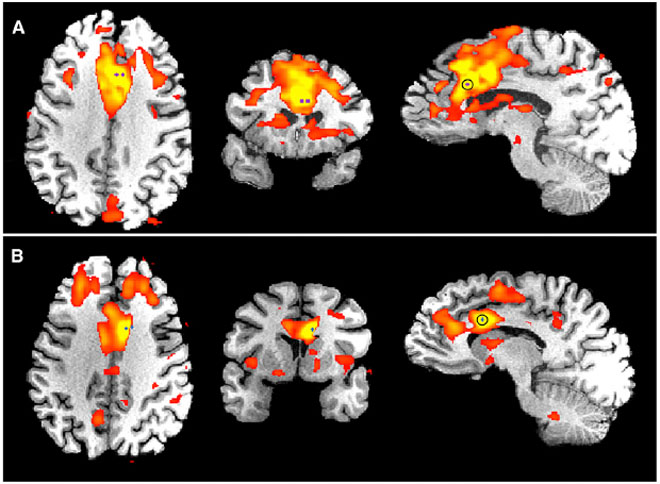Science has proven times and times again that emotions cannot be separated from our physical well-being. Various emotional conditions play an important role in our biology. Brain activity and hormones and examples of things that are affected by one’s various emotional states. A recent study demonstrated that different emotions are judged to correlate with different body parts. The study, published in the Proceedings of the National Academy of Science, was conducted by a team of bio-medical engineers, with 700 participants from three countries, those being Finland, Sweden and Taiwan. The…
Read MoreAuthor: Wa'd Abuzurayk
Selfies Linked to Mental Disorders
We all have this annoying high school facebook friend who posts selfies more regularly than we tend to check our facebook accounts. Well, this old friend is no longer labeled as just annoying, as scientists are exploring tagging this behavior as a mental disorder. Scientists interested in this subject are describing this common obsession with selfies as a compulsive behavior that could be linked to narcissism, addiction and mental illness.Narcissists chase satisfaction from vanity, or others’ recognition of their looks or mental characteristics (Wikipedia)- this definition seems to somewhat fit…
Read MoreSpare your Health: Sleep Tight
The Hiffington post has recently gathered evidence from a growing body of literature which offers insight into what happens to one’s body when missing out on the usually recommended seven to nine hours of sleep per night. Frightening results have been published in the Huffington’s piece indicating that sleep is not just good for your beauty. Although the term “beauty sleep” is proven correct scientifically, it is merely one of the various result (and possibly one of the least significant) in comparison to everything else one can develop due to…
Read MoreActive Cancellation of Tremor to Combat Essential Tremor
In another health technology breakthrough, scientists have successfully managed to design and manufacture a shake cancelling device. As essential tremor causing uncontrollable hand-shakes is a common disorder in older ages, scientists from the University of Michigan Health System conducted a study that evaluated a new device which cancels the effect of hand-shakes resulting from essential tremor. The device was developed by a team from the startup company Lift Labs. 15 adults living with essential tremor participated in a clinical trial to test the use of this spoon. Participants were better…
Read MoreLearning Changes Brain Cell Connectivity
A new discovery has been achieved in the world of neurology. Scientists have made progress in better understanding what happens inside our brains when we learn or remember information. According to the University of British Columbia research team, molecular changes are observed in the brain when one learns or remembers. Such changes occur in the brain’s chemistry as fatty acids attach to delta-catenin (a protein important for normal cognitive development- Wikipedia) upon learning new things, which ultimately alters brain cell connectivity coupled with learning and memory. The study was conducted…
Read MoreDogs and Humans Both Have Dedicated Voice Areas: A Research
A recent Hungarian study proved that dog’s brains, similarly to humans’, have areas that are dedicated to recognizing emotional cues in voice. The study was conducted by Attila Andics of the MTA-ELTE Comparative Ethology Research Group in Hungary. Anidcs said that “Dogs and humans share a similar social environment,” “Our findings suggest that they also use similar brain mechanisms to process social information.” “This may support the successfulness of vocal communication between the two species,” he added. The study was made possible by training 11 dogs to lay still throughout the…
Read MoreNeurofeedback And Brain Power
The advanced brain imaging technology magnetoencephalography (MEG) could be the next big thing in the world of neurology and rehabilitation. “MEG is a new technology that measures the very faint magnetic fields that emanate from the head as a result of brain activity”- PBS.org . MEG measures and captures magnetic fields generated by nerve cell circuits in the brain at a matchless time resolution. This gives us the ability to observe brain activity as it happens, according to Dr. Sylvain Baillet, acting Director of the Brain Imaging Centre at The…
Read MoreCognitive Abilities in The Ageing Brain
“Imagine someone who knows two people’s birthdays and can recall them almost perfectly. Would you really want to say that person has a better memory than a person who knows the birthdays of 2000 people, but can ‘only’ match the right person to the right birthday nine times out of ten?” This question was part of Dr. Michael Ramscar’s argument to explain his new study which refutes a previously accepted idea regarding the young and the old brains. While it was widely accepted that older brains decline in cognitive function…
Read MorePain Sensitivity and the Brain
The grey matter of the brain is a major component of the central nervous system which includes regions of the brain involved in muscle control, sensory perception such as seeing and hearing, memory, emotions, speech, decision making, and self-control- Wikipedia. While grey matter is known to include “regions of the brain involved in muscle control, sensory perception such as seeing and hearing, memory, emotions, speech, decision making, and self-control”-Wikipedia, it is now thought to be involved in our sense of pain. A recent study conducted by scientists at Wake Forest…
Read MoreNew Device for Transdermal Detection Of Malaria
In a new breakthrough in the world of medical examination, researchers from Rice University have successfully developed a new way to test Malaria through using a laser pulse, instead of blood testing. Although the new test has only been tried on mice so far, it was found to be safe in humans. Trials on mice have resulted on successful detection of malaria when only one in a million red blood cell was infected. The test inventor, Dmitri O. Lapotko, stated that the invented device could test one person every 20…
Read MoreFree Play For Everyone (2)
A child’s main occupation in life is PLAY, which puts it high up the ladder of priorities in the world of child care. As promised earlier, this article is dedicated to parents who are looking for simple affordable ideas to boost their children’s play skills as well as overall development through play. When it comes to purposeful play, simplicity works just fine. It doesn’t have to be complicated or expensive at all. All you need to do is introduce simple themes and play tasks in a way that captures your…
Read MoreFree Play For Everyone (1)
As promised in my last article, today I start a new series of posts to direct parents on how to spend what I like to call “smart times” with their little ones, and play games that will support a healthy development. In order to play right, a parent must know the types of play and the normal development of play in a child. This will give parents an opportunity to target the different types of play during their shared quality time. The main types of play are acquired throughout the…
Read MoreLink Between Brain Development And Poverty Found
(SES) refers to socio-economic status households. It is known amongst education and health professionals in the field of child development that early years’ experiences have a huge effect on children’s ability to acquire developmental milestones. Such experiences are greatly associated with family lifestyle and conditions. A new study found a connection between the child’s brain development and family income. The study was conducted by researchers from the University of Wisconsin–Madison, who proved that families living with incomes under 200 percent of the federal poverty line have less gray matter in their…
Read MoreNewly Discovered Sound-Producing Organ in Koalas
“Cute” is a word usually associated with Koalas. However, these small sized bears have been recently discussed from an angle distant from that related to their scrumptious looks; one that uncovered the mystery of their deep voices. Koalas have always puzzled scientists with their low-pitched bellows, which are considered about 20 times lower than they should be considering their body sizes. This estimation was made considering that the size of the vocal cords of an animal determines the pitch of their voices. Accordingly, smaller-sized animals are known to produce higher-pitched…
Read MoreElectrical Stimulation Provokes The Will to Persevere
I am sure that we have all heard stories of people who lead a fight with death, and won the fight against all odds. Such stories are no longer told for mere inspiration to hold on to life and declare war on hardships. It is now in fact being studied from a scientific point of view. A group of scientists believe that they may have discovered the brain part responsible for the “will to persevere”. The anterior midcingulate cortex has always been believed to play a role in emotions, pain…
Read More
